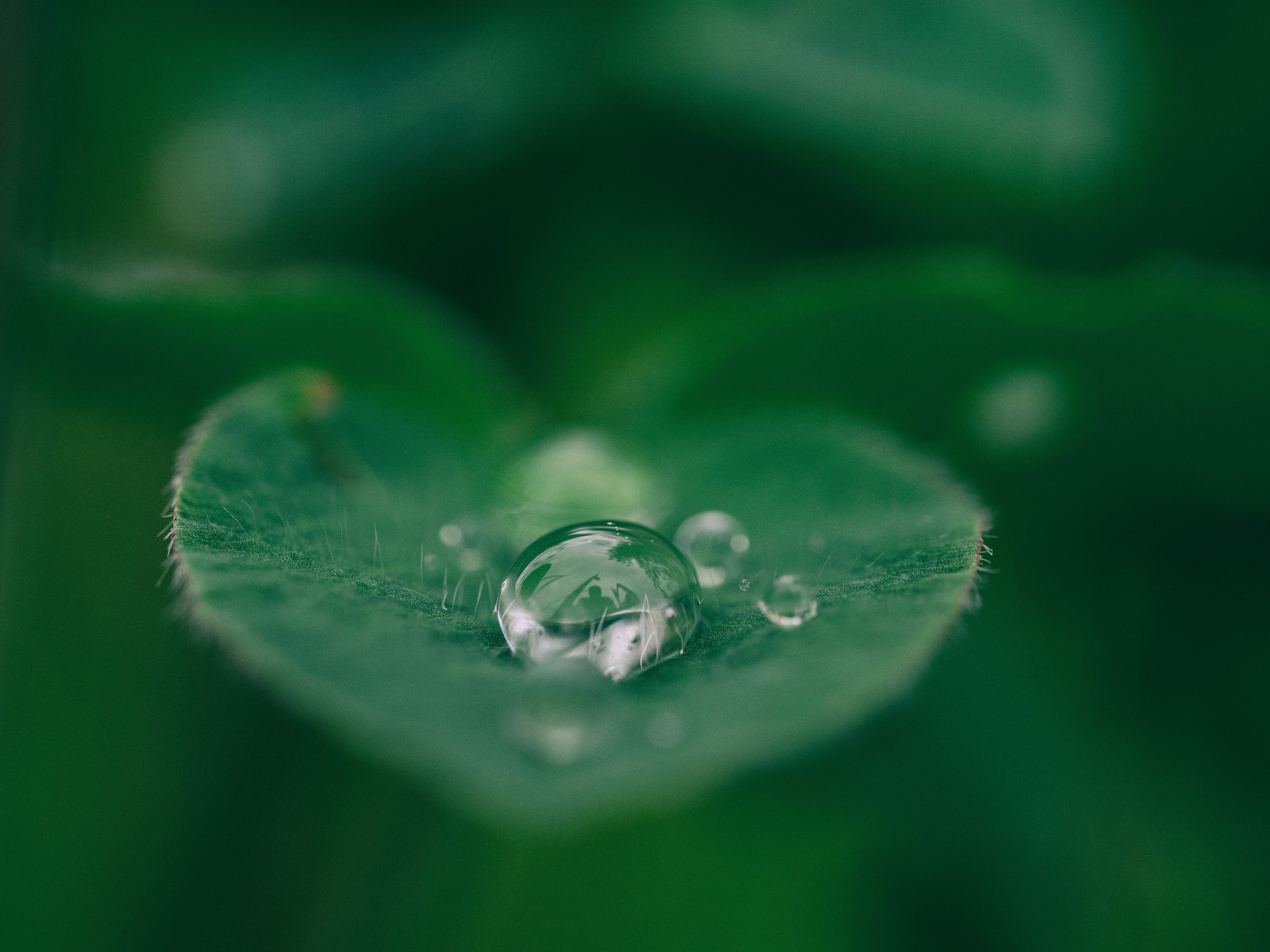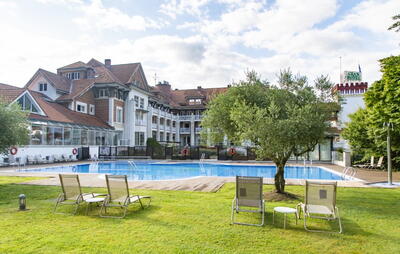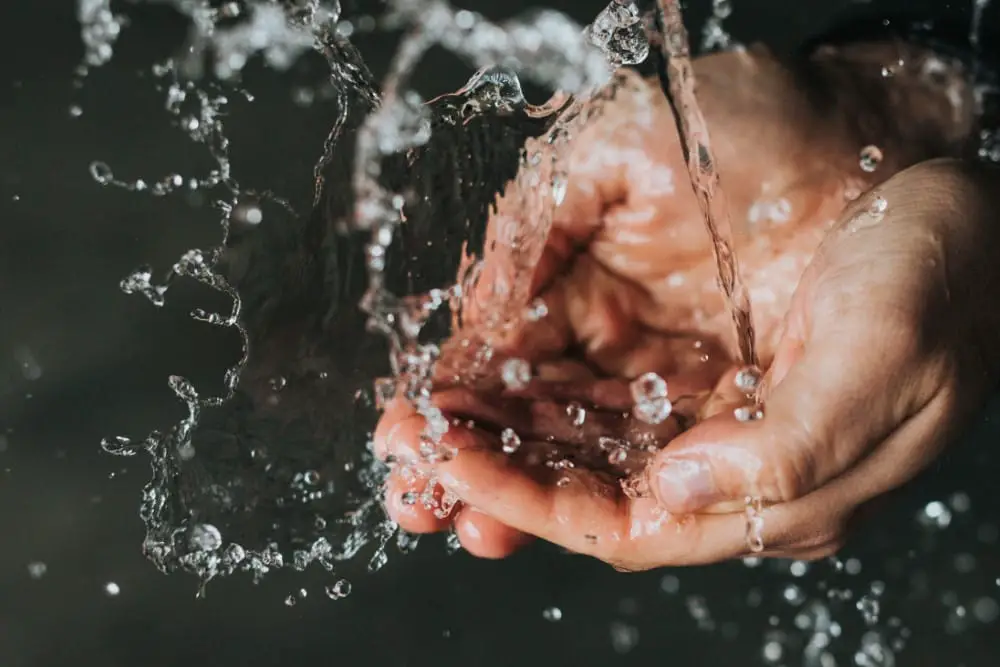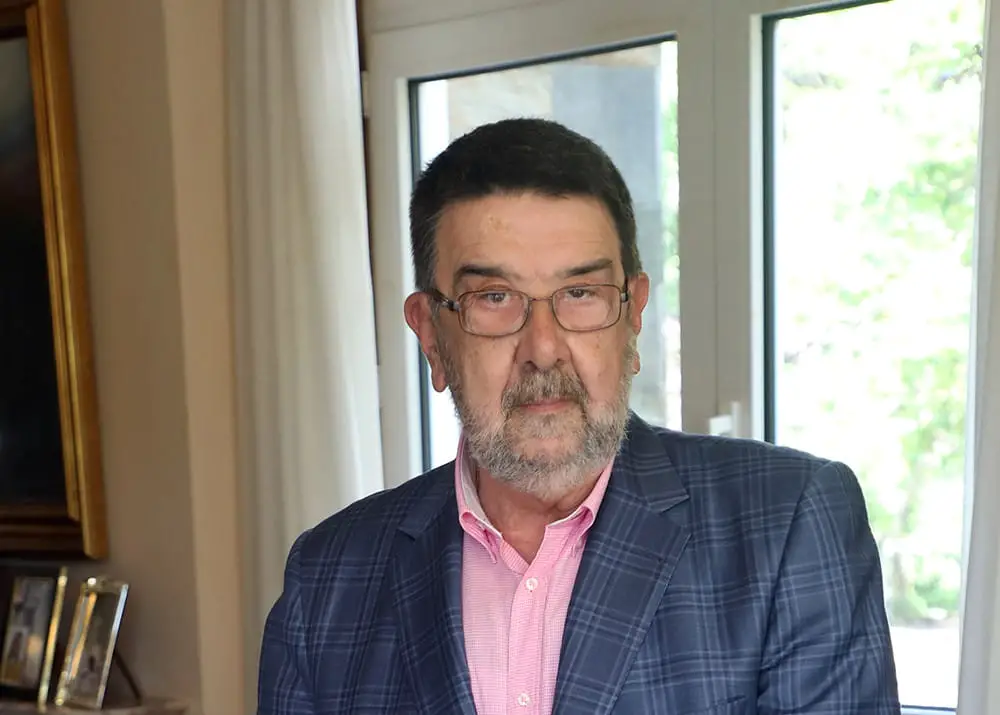
It is clear that water is essential for life: in every moment of our daily life, it is absolutely necessary. And, of course, also in the hygienic, aesthetic, and therapeutic areas, water is the protagonist.
The history of thermalism (i.e. the application of thermal and mineral-medicinal waters to improve health) goes back many centuries, to Greek and Roman times. During the Middle Ages, the baths came to be seen as something impudent by the Church and, with it, there was a clear decline of thermalism; surviving in rural and more remote areas, where the neighbors continued taking advantage of the benefits of the waters, whose knowledge was transmitted from generation to generation.
Arrived in the s. XVIII, there is a rediscovery of the thermal world, which lives a great takeoff in the s. XIX, especially from the hand of the wealthy classes. At the same time, numerous scientific studies were carried out that highlighted the benefits of the waters. It is then that the great spas emerged, while other more modest ones survived.
This boom of thermalism survives during the first decades of the 20th century, slowing down a little in the central decades of the century, especially because the interest and confidence moved to pharmacology almost exclusively. It will take the decade of the 1980s for a new resurgence in the sector.

Subscribe to our newsletter and
GET OUR FREE GUIDE "7 TIPS TO PREPARE YOUR RELAX GETAWAY!What are thermal waters?
Thermal waters are those that spring hot from the earth, at least 5ºC higher than drinking waters that spring from the ground itself.
How does this happen? The waters (rain or snow, for the most part), are filtered and, at a certain depth, are heated due to the high temperatures and return to the surface in the form of steam or hot water.
Water from the ground is heated by the high temperatures and returns to the surface in the form of steam or hot water.
In addition, as they pass through the various terrestrial layers in their evaporation process, these waters acquire different minerals, gases and other elements. Depending on the minerals that enter to form part of its composition, they receive a specific name and classification and, of course, become suitable for certain treatments. In the filtration process, they also acquire negative ions beneficial to the body, especially for their relaxing properties.
Watch out! Water treatment is not usually contraindicated, but it is always a good idea to consult with a physician before undergoing one.
As a result of the aforementioned process, thermal and mineral-medicinal waters are classified into different types depending on various factors: temperature, mineralization, concentration of certain substances, and the hardness of the water.
It is also important to note that their importance lies, in addition to the benefits they can provide, in the fact that the compositions present in these waters are hardly reproducible in an artificial way.
Throughout the evolution and use of mineral-medicinal waters, various terms related to their use and the search for their benefits have emerged. Let's clarify the meanings of some of these words!

What is hydrology?
The dictionary defines hydrology as "the study of the physical, chemical and mechanical properties of continental and marine water, its distribution and circulation on the surface of the Earth, in the soil and in the atmosphere." Clearly, within this definition there is room for the thermal and mineral-medicinal waters that spring from the earth.
Basically, hydrology-or medical hydrology-and thermal medicine are synonymous. Both terms can be defined as the study of ordinary mineral-medicinal, marine and potable waters, and their actions on the human organism in a state of health and disease.
Today, "medical hydrology" is the nomenclature given to the academic chair within medical schools that deals with the study and teaching of hydrology.
What is hydrotherapy?
The term hydrotherapy refers to the broad branch of hydrology that studies any application of water on the human body for therapeutic purposes. The application of water on the human body has beneficial effects, whether due to temperature, mechanical effects (derived from different techniques) or the chemical substances and gases contained in certain waters. The most common ways of applying hydrotherapy are through baths, showers and/or jets.
Thus, based on the properties of the water taken into account - pressure exerted (mechanical), temperature (thermal) or composition (chemical)-, there are different types of hydrotherapy.
Mechanical hydrotherapy
- by compression: by applying pressurized water on the body, there is an improvement in muscles, nerves and circulation. At the same time, it has a relaxing effect.
- decreased hydrodynamic resistance: in the water, the weight is reduced by up to 10%, facilitating the performance of certain exercises, joint mobilization and muscle strengthening.
- pressure: through the use of showers or jets, relaxation and stimulation of the nervous system takes place.
Thermal hydrotherapy
- Hot water: relaxes the muscles, causes vasodilation, has sedative effects, relieves mild pain and improves circulation.
- Warm water: relaxes the muscles, causes vasodilation, has sedative effects, relieves mild pain and improves circulation.
- cold water: it stimulates the circulatory system, thanks to which it increases the heart rate. In addition, it has anti-inflammatory effects.
Chemical hydrotherapy
- Chlorinated waters: stimulate organic functions and, in addition, if they are hot, they also have relaxing effects.
- bicarbonated waters:diuretic and sedative.
- carbogase waters: especially beneficial for the kidney and digestive processes.
- sulfur waters: indicated for rheumatism, as well as allergic and respiratory diseases.

Subscribe to our newsletter and
GET OUR FREE GUIDE "7 TIPS TO PREPARE YOUR RELAX GETAWAY!





